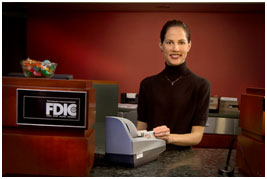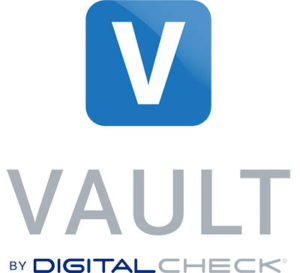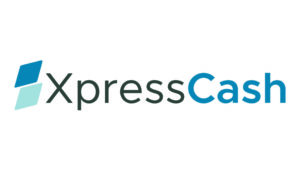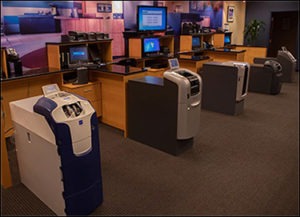| Desktop check scanners have changed the face of check item image capture. It used to take days to clear checks as the paper traveled from the bank of first deposit (BOFD) to the paying bank. However, since the introduction of the Check Clearing for the 21st Century Act (Check 21) was passed in 2004, the clearing process has become more streamlined and efficient. Now customers can often see same day credit for deposited checks rather than the three days float that used to be common.
It was expected in the early days of Check 21 that banks would quickly move toward branch capture. Bank One was among the first to put check scanners at the teller window in 2004; however, two things often prevented that from happening in those early days. First was the lack of the infrastructure needed to clear those items between banks, and second was the introduction of remote deposit capture, the process in which businesses captured their deposits in their own offices. Even at Bank One (and later at Wells Fargo), those “teller capture” scanners weren’t being used for full check truncation, but mainly for archiving and for MICR reading. Banks first began to implement back counter and back office capture, since it fit better with the existing infrastructure. In branch capture, banks scan all check deposits in batches either during slower times of the day or at the end of the day. These images are then processed in the operations center where they are proofed and any corrections are made. Should a transaction needs correcting and the image provided is not clear enough for the proof operator to read, a call is made to the branch to research the original document. Though more efficient than processing the paper documents, the branch capture process still involves an overall higher head-count for the bank. In addition to employing all of the tellers, the bank must also maintain full-time employees in the proof department. Back counter utilizes fewer and lower-cost scanners than the previous back office operations centers, as well as fewer employees — however, it still utilizes more employees than teller capture at the front counter. Teller capture has surged in popularity with banks and other financial institutions over the past few years. The reasons for this include the availability of the software and network infrastructure to support the capture and passing of the volume of data required for teller image capture. In addition, the cost of the hardware has come down, making it more likely to realize ROI on these large-scale projects. The advantages of front-counter teller check capture include the reduction in FTEs, courier costs, costly counter documents, teller keystrokes, and fraud. While it was initially believed that by requiring tellers to scan checks during a transaction, they would be less able to interact with the customer. However, the opposite has proven to be the case. With the scanner performing much of the work, the teller has more time to be “heads-up” with the customer. The scanner is able to capture the MICR and CAR/LAR data in a high percentage of the cases, requiring fewer keystrokes and less teller involvement in completing the deposit. Routing numbers for all items and account numbers for on-us checks can also be verified while the customer is in front of the teller. Scanners and the related software also reduce the amount of human error due to keying in the wrong data. In addition, many software platforms include fraud and duplicate detection software to alert the teller during the transaction to any suspect or already deposited items. This offers a tremendous cost savings opportunity to the financial institution. Spreading the work out through the day eliminates the huge backload of work that can pile up at the end of the day creating frustration as tellers await an available scanner to balance out before leaving work. Additionally, balancing is done throughout the day eliminating another end of the day headache. Finally, same-day availability deadlines can be extended using teller capture as the work is streamlined throughout the day rather than piling up at the end of the day. These are the many reasons that banks are rapidly adopting teller image capture. For more information on Digital Check’s teller scanners and back counter capture solutions, visit our TellerScan TS500, TS240, Teller Transaction Printer (TTP), and SmartSOurce® Elite Series pages. For more information about branch and teller check capture, contact us. |

In this section: Inside MICR scanning
Check out Digital Check’s Teller and Branch Products: |





